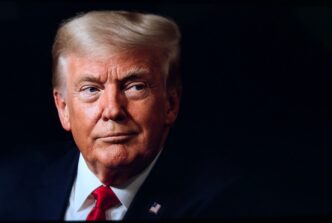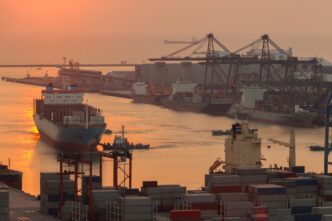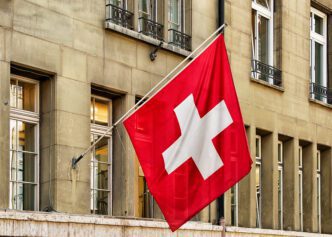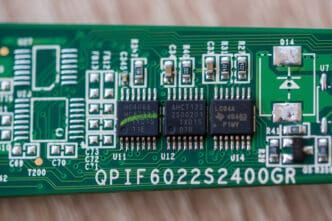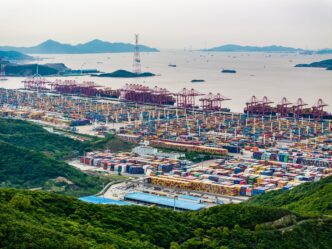Executive Summary
The Story So Far
Why This Matters
Who Thinks What?
The Supreme Court is set to scrutinize President Trump’s sweeping tariff policies on Wednesday, a move that places his most significant economic initiative directly before the justices. This case will critically examine the extent of presidential authority to impose global levies under emergency powers.
Legal Challenge to Executive Authority
The central question before the Court is whether President Trump can legally justify his worldwide tariffs by invoking the International Emergency Economic Powers Act (IEEPA). This act grants the president power to “regulate” imports in response to certain emergencies, a provision Trump has utilized for the bulk of his tariff agenda.
Small businesses and several Democratic-led states are challenging this interpretation, arguing that Congress never intended the 1977 IEEPA legislation to include the imposition of tariffs. They contend that Trump’s use of the act represents an untested expansion of executive authority.
Historical Precedent and Implications
No president prior to Trump has invoked IEEPA to levy tariffs, meaning the Supreme Court has never before addressed this specific legal question. The justices’ decision may be influenced by a 50-year-old appellate ruling related to former President Nixon, which could offer relevant context.
Outlook
The Court’s ruling could significantly redefine the scope of presidential power in trade policy, establishing a precedent for how future administrations may utilize emergency powers in economic matters.



